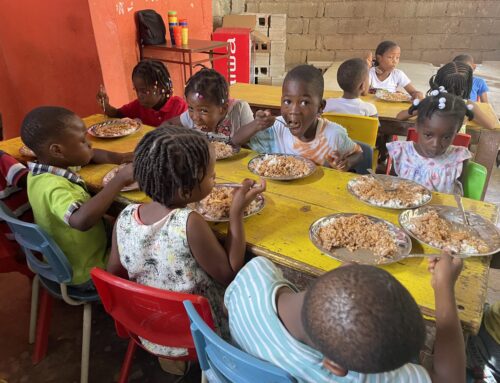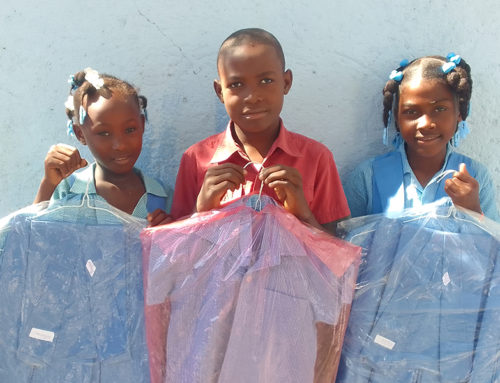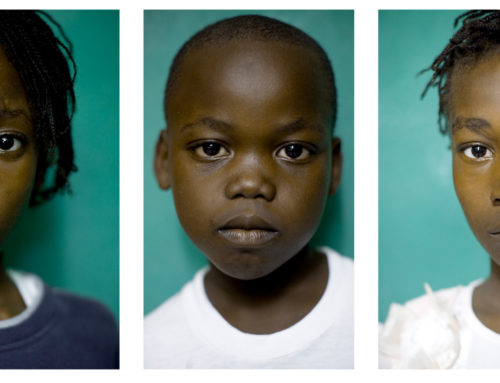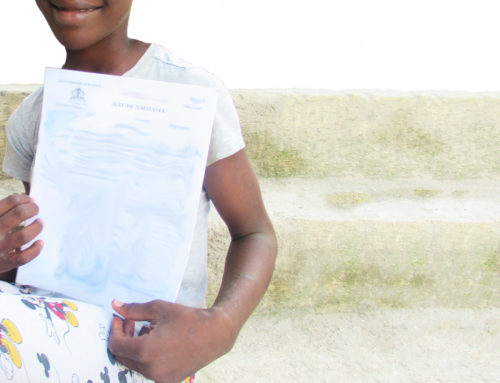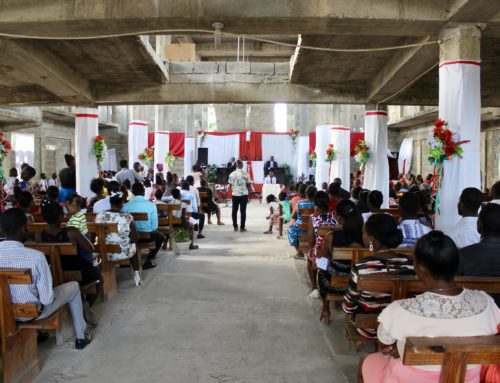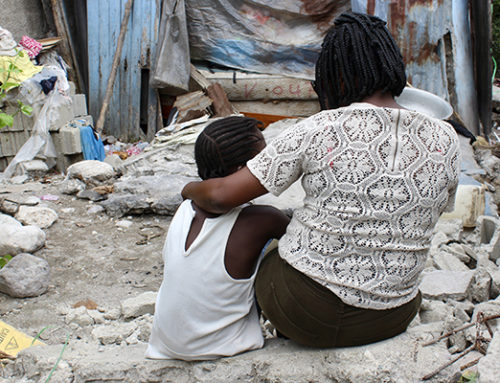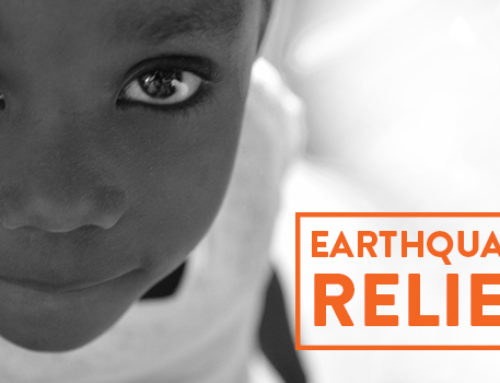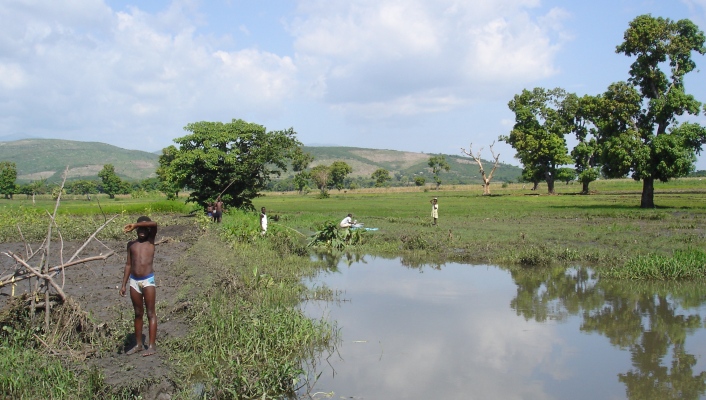
By Samuel Jean-Baptiste, Child advocate
Since the very inception of the Haitian Republic, rural communities have been treated differently from the urban ones. The “rural code” adopted under President Jean-Pierre Boyer in 1826 established a very harsh legal framework limiting the development of rural areas. And though not in place long, this code imprinted a long lasting discriminatory approach to rural politics.
Even though half the population lives in the countryside, less attention and means have been awarded to rural areas making access to basic services harder than in the cities: infrastructures are absent, roads are in bad shape, access to clean water is scarce, and access to health services and education remains very limited.
Today, according to the World Bank the gap between the cities and the rural areas has widened. “The gap between the urban and rural populations in Haiti is stark: almost 70% of rural households are considered chronically poor, against a little over 20% in cities. That means they live below Haiti’s poverty line on less than $2 a day and lack access to basic goods and services.”
This explains why the people in the countryside are ironically called “nèg/ fanm andeyò” which means “men/women outside”. And this applies to children, called “timoun andeyò”.
Extreme poverty in the countryside nourishes the restavek system
Such a difference in social environment has a serious impact on the lives of children and their development. As most services are concentrated in the city, urban children have a better chance to have access to social services, such as school, health services, even hobbies. They might discover new technologies; access more information through modern means of communication. All of this, and richer social interactions, help children in the city grow and develop themselves.
But whatever their potential, rural children have access to none of these.
Cities act as a magnet for people in the countryside. Poor parents believe that their children will have a better life in the city and have access to an education and better services. With this hope in mind, they give their children to a relative or a stranger living in the city. But the reality is quite different. Once in their host family, the children become slaves, performing domestic chores from dawn to dusk for no pay. And in most cases, they are ill-treated and abused. Today, 1 in every 15 children in Haiti becomes a child in restavek.
Want to learn more about children in restavek and how to support Restavek Freedom to put an end to child slavery in Haiti? Visit our website www.restavekfreedom.org


